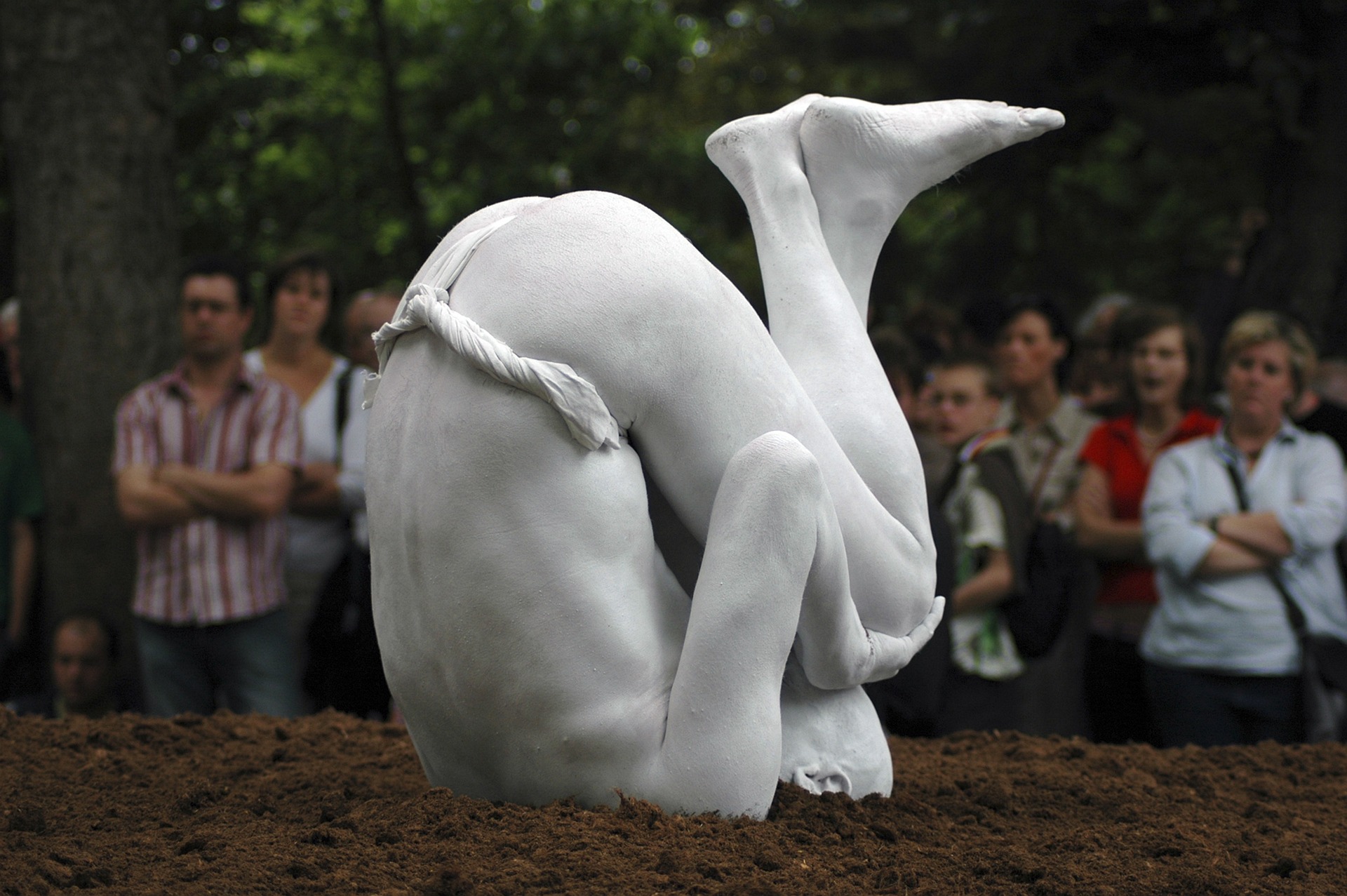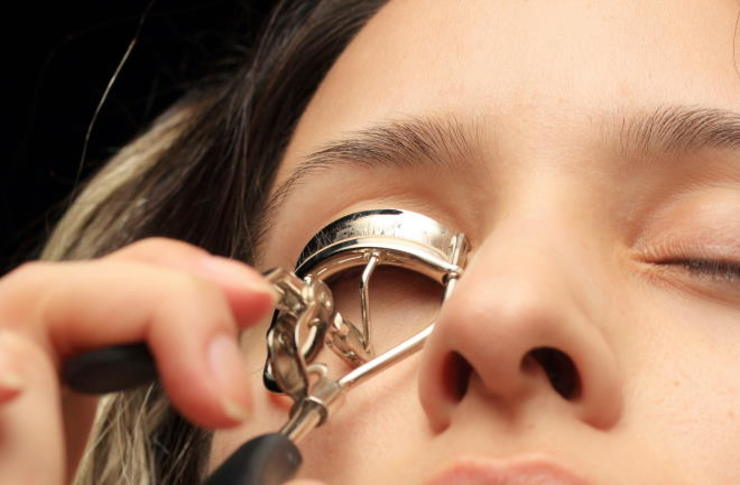Immersive Art Experiences: Transforming Spectators into Participants
A new wave of immersive art is captivating audiences, offering an engaging, interactive experience that blurs the boundaries between artist and spectator. Are you ready to explore the transformative power of this trend? Read below
The Evolution of Immersive Art
Immersive Art isn’t a new concept—it has roots in the Happenings of the 1960s, where artists like Allan Kaprow created environments participants could literally step into. But technology has revolutionised the genre, enabling artists to create complex, all-encompassing sensory experiences. From virtual reality installations to augmented reality murals, the art world is embracing tech to create immersive experiences that challenge, engage and surprise audiences.
Breaking Down Physical and Emotional Barriers
Immersive art is not just about sensory stimulation—it’s also about emotional engagement. Artists are using this medium to break down barriers, allowing audiences to experience art in a more intimate and personal way. This shift from passive spectatorship to active participation is changing the way we perceive and interact with art, encouraging us to become part of the narrative, rather than just observers.
Bringing Communities Together
Immersive art also has the potential to bring communities together, fostering social interaction and shared experiences. By creating immersive environments, artists can encourage people to interact with each other in ways they might not in a traditional gallery setting. This communal aspect of immersive art can bring diverse groups of people together, promoting dialogue and creating a sense of belonging.
The Impact of COVID-19 on Immersive Art
The pandemic has undoubtedly affected all sectors of the arts, but it has also spurred creativity and innovation. Many immersive artists have turned to digital platforms to create virtual experiences, making art accessible to a wider audience. Despite the challenges, the advent of virtual immersive art has opened up new possibilities for artists and audiences alike, even as we long for the return of physical experiences.
The Future of Immersive Art
As we move into a post-pandemic world, the future of immersive art looks promising. The blend of technology, creativity and audience interaction is proving to be a powerful combination, and artists are continuing to push the boundaries of what is possible. As this genre continues to evolve, we can expect to see more innovative and engaging immersive art experiences in the future.
Useful Tips and Facts:
- Immersive art is not limited to visual experiences. It can also incorporate sound, touch, smell and even taste.
- Many immersive art experiences are designed to be shared on social media, further blurring the lines between art and life.
- The global immersive art market is expected to grow significantly over the next few years, demonstrating the increasing popularity of this genre.
As we become more comfortable with technology and seek out novel experiences, immersive art is fast becoming a pivotal part of the cultural landscape. By transforming spectators into participants, it offers a unique blend of entertainment and enlightenment, challenging our perceptions and expanding the possibilities of artistic expression.





